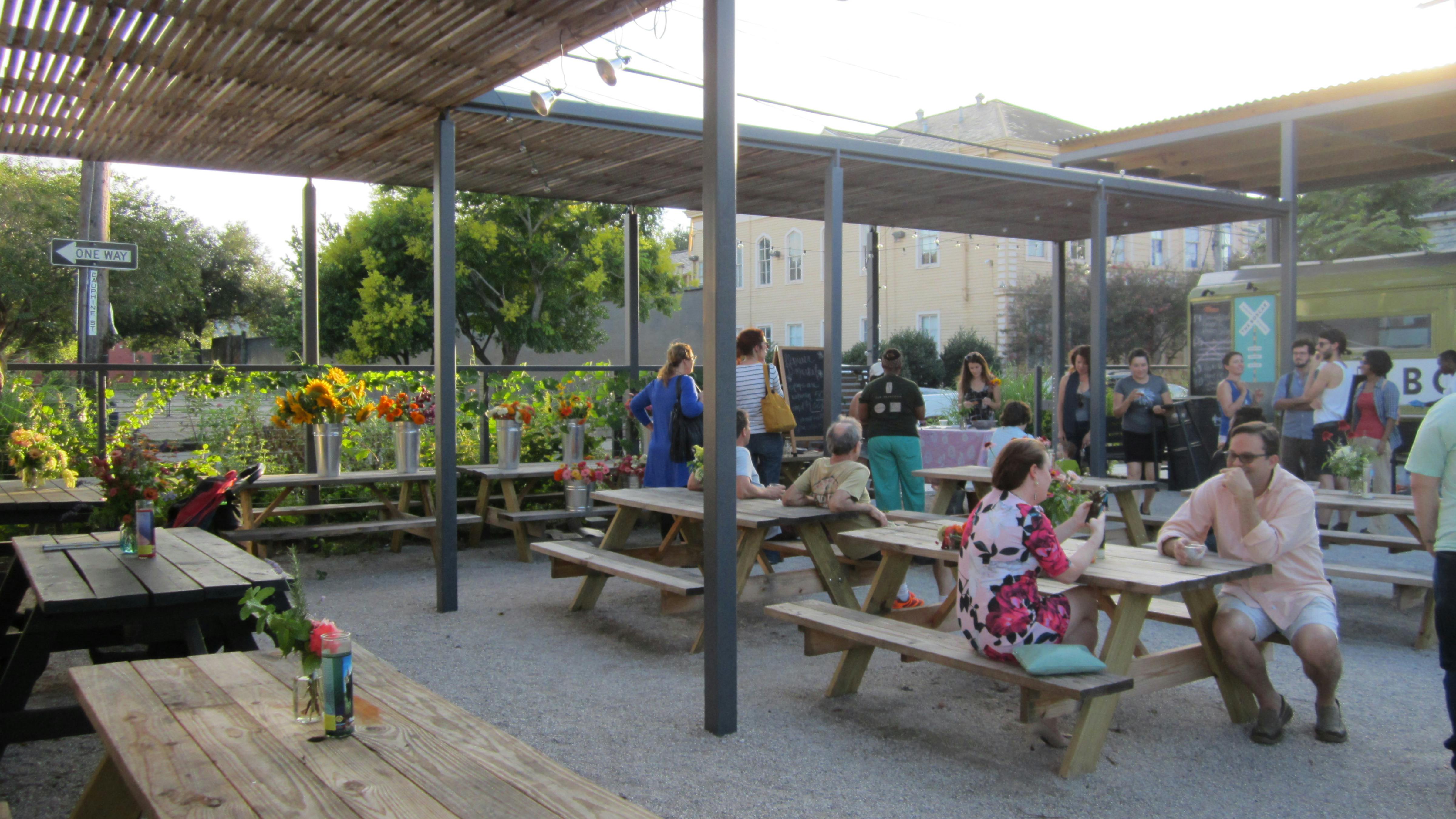Fort Peck Assiniboine and Sioux Tribes Hazard Mitigation Plan Update
Fort Peck Assiniboine and Sioux Tribes
Fort Peck Reservation, Montana
2023
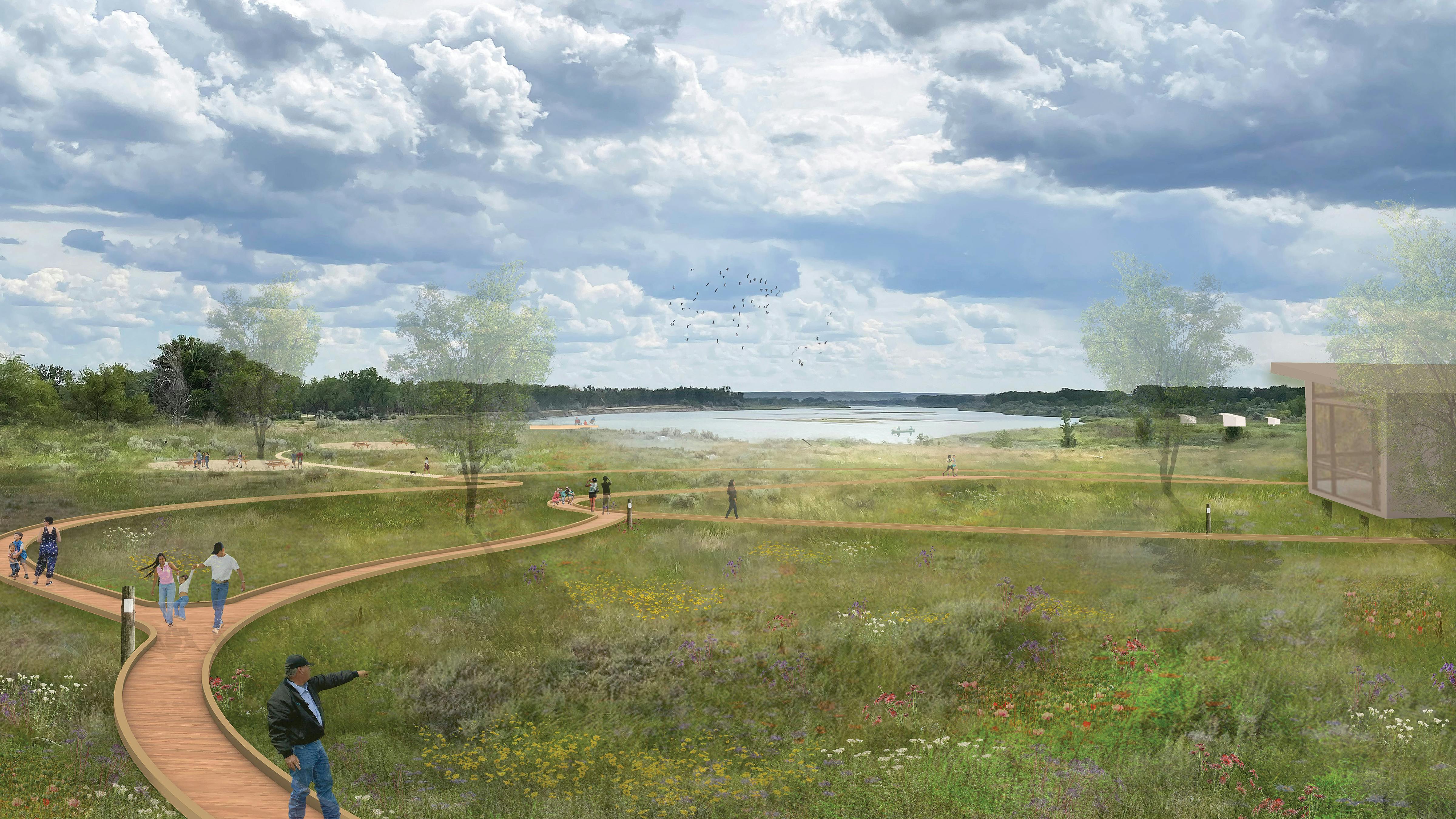
Proposed Nature Park at the Roll Off Station site including boardwalks and foot trails and low impact raised cabins.

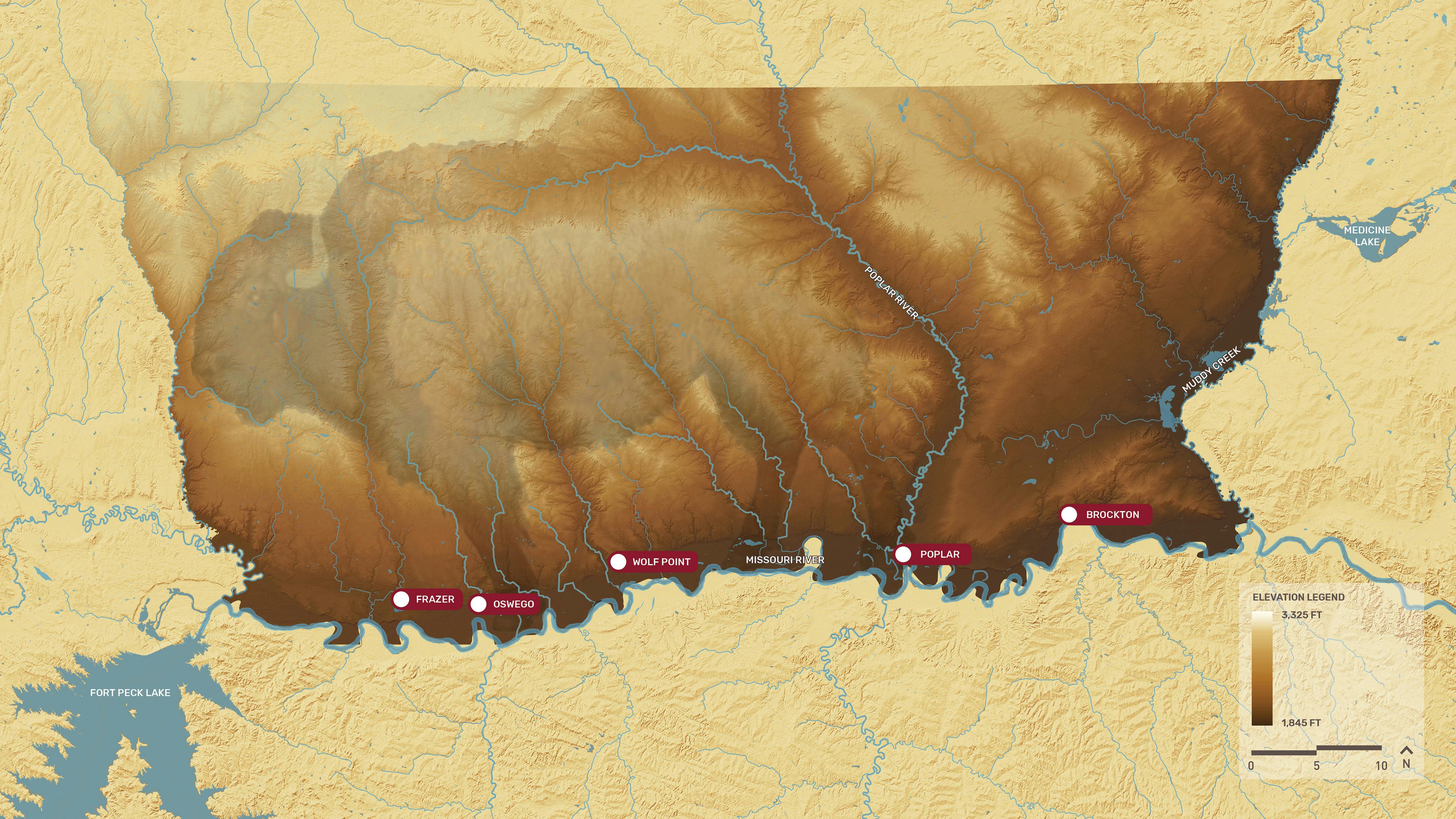
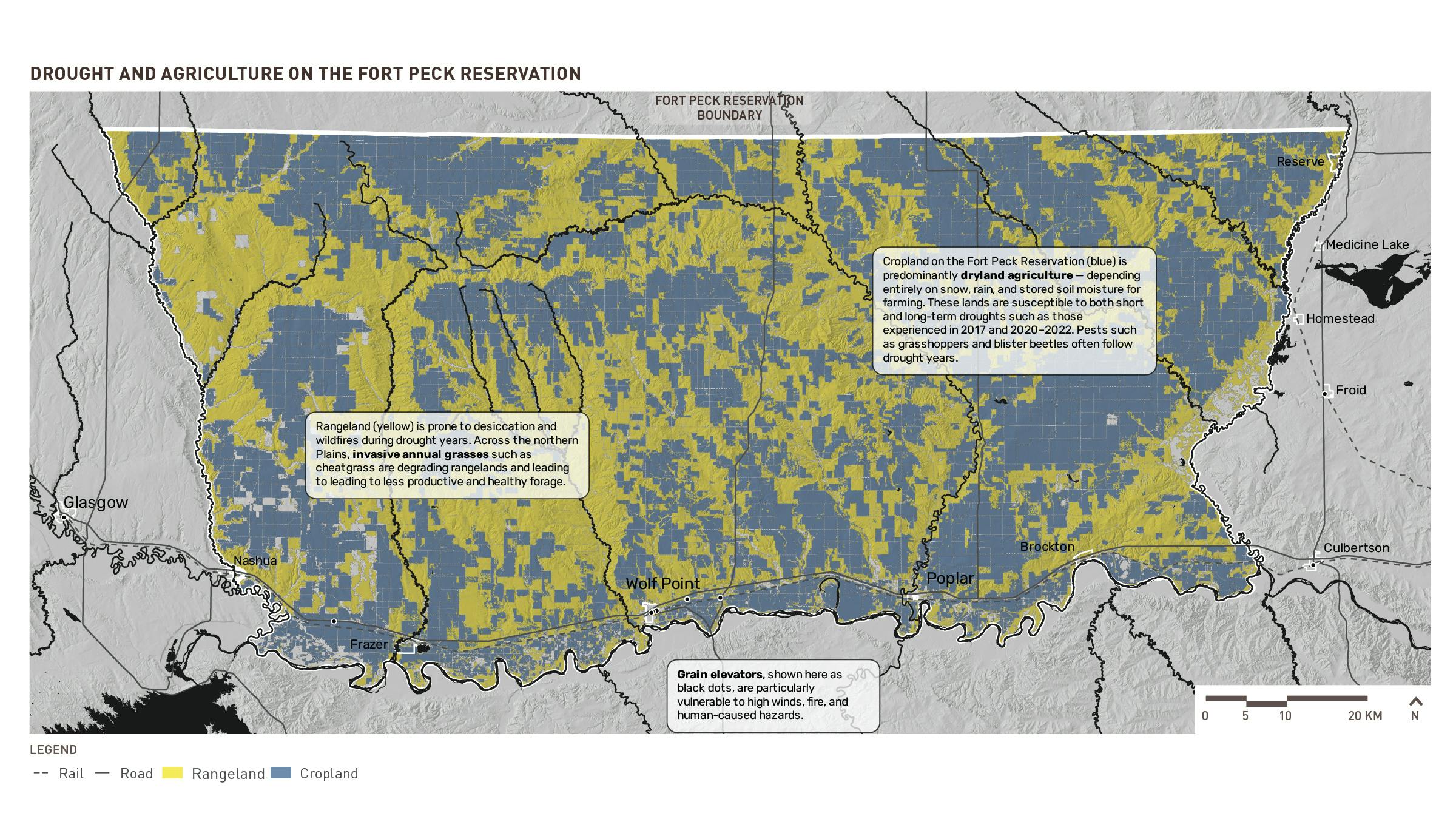

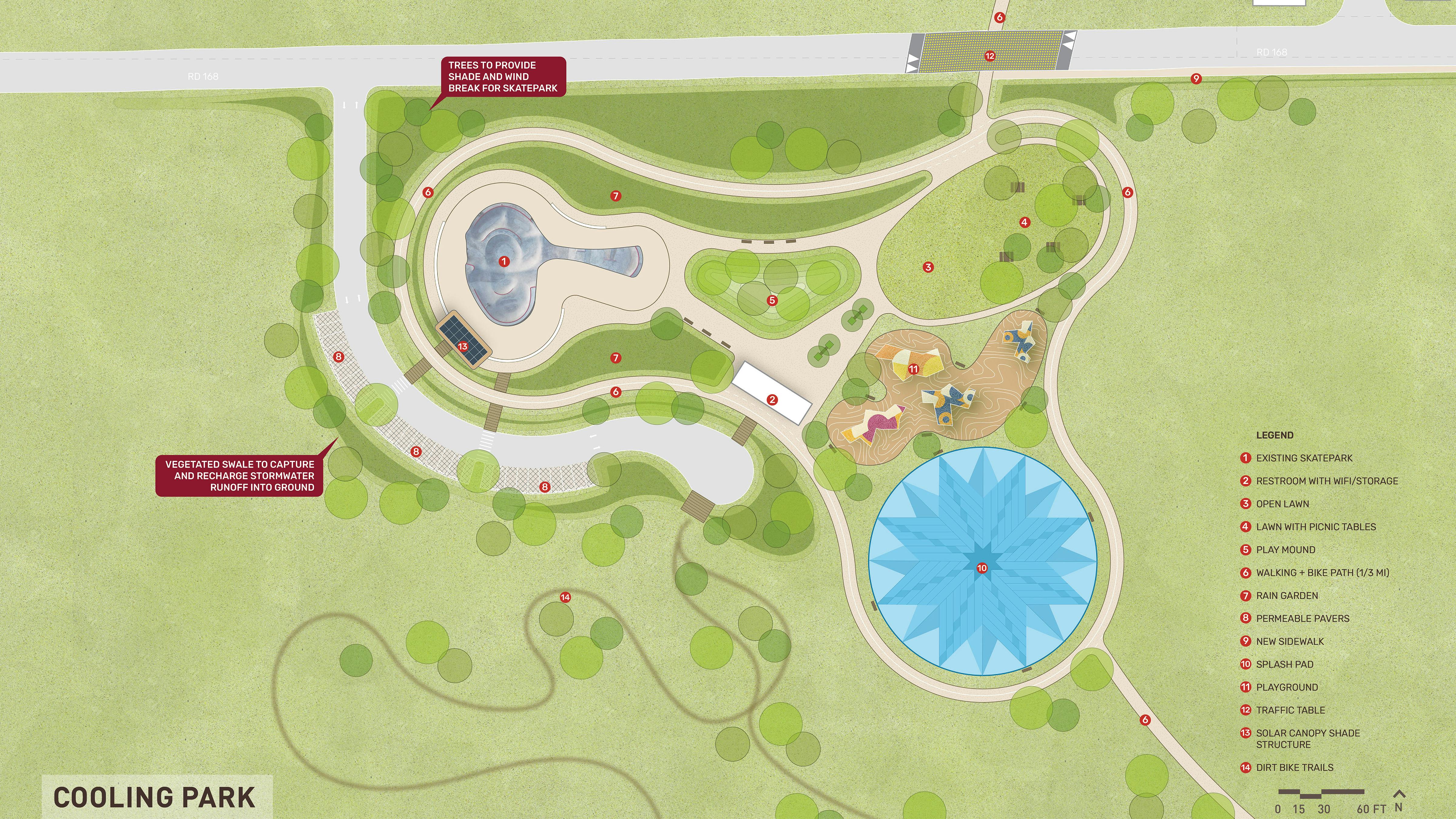
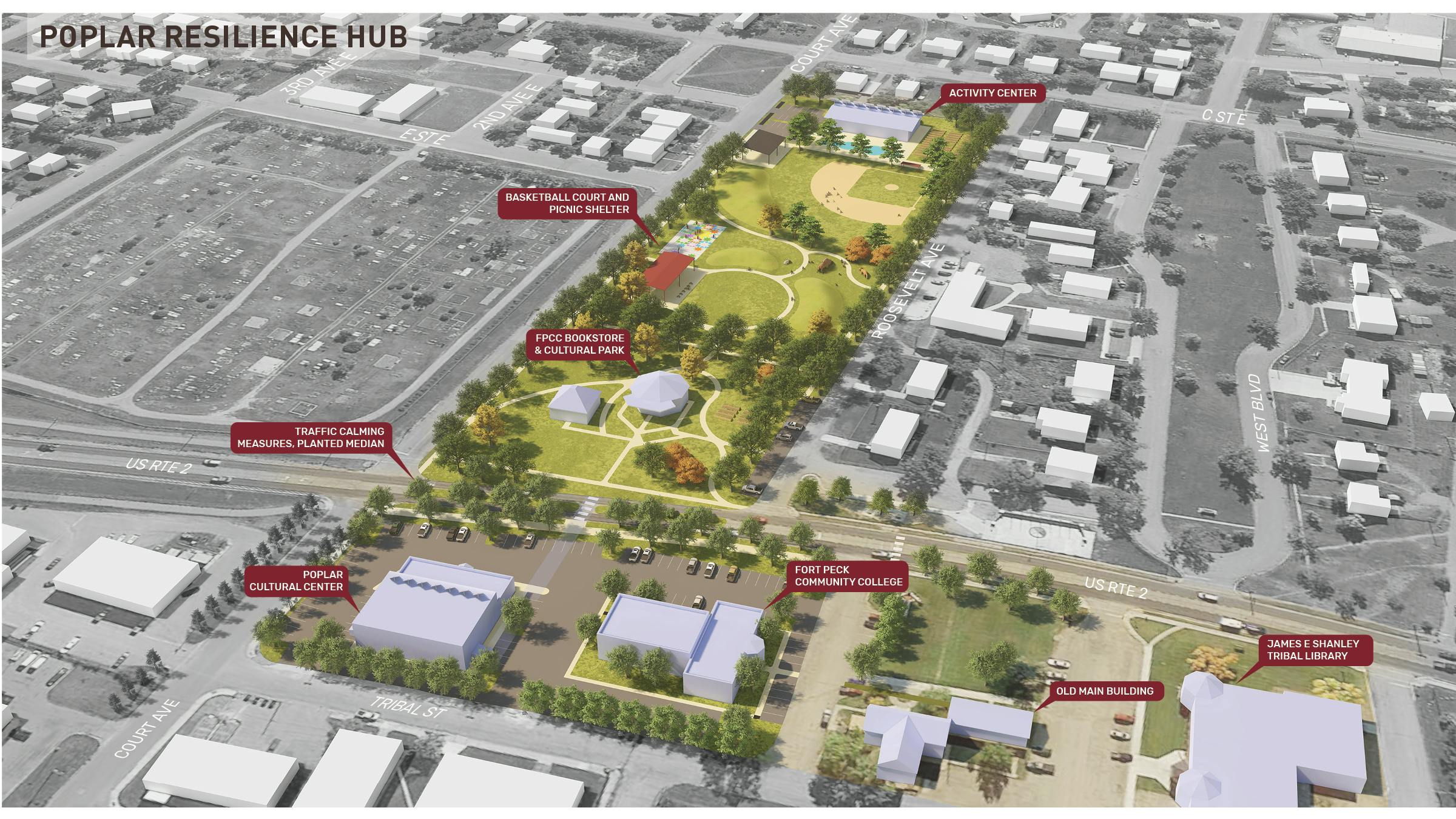
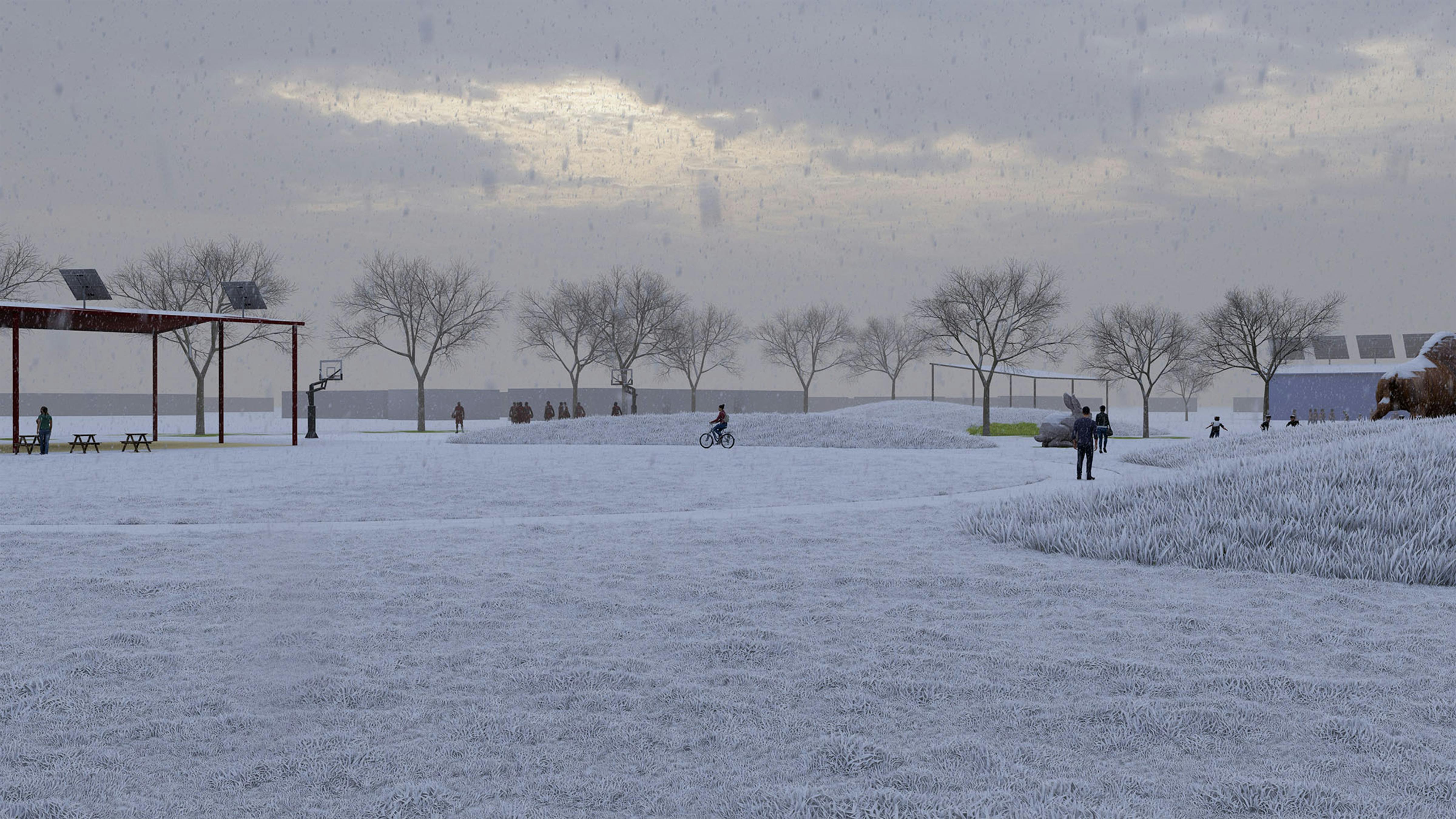
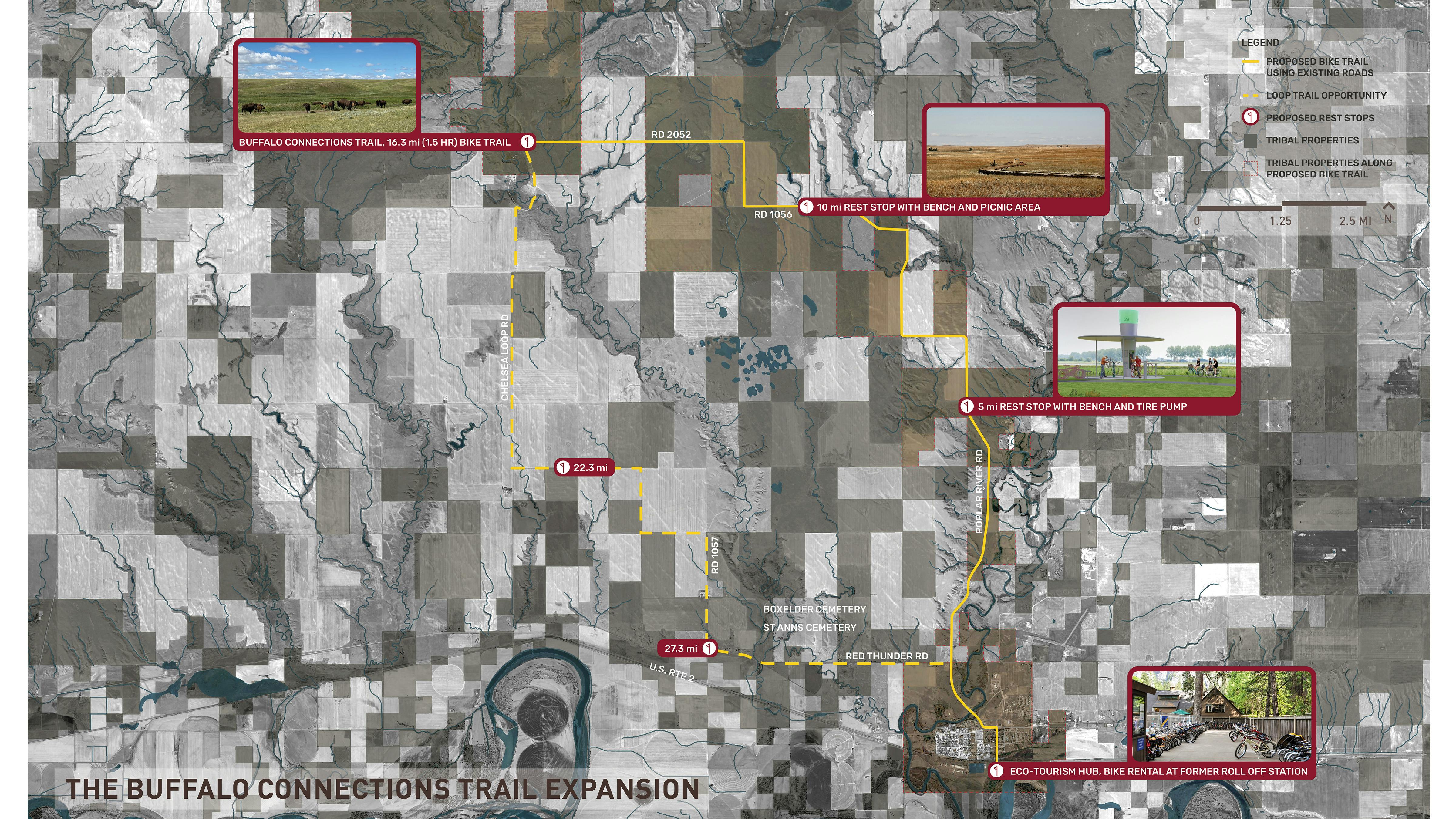
Partners
The goal of a Hazard Mitigation Plan (HMP) is to identify risks and vulnerabilities associated with natural disasters and to develop long-term strategies and mitigation projects that make the community more resilient to hazards and prevent negative health outcomes, economic shocks, and ecological or environmental damage. A FEMA-approved hazard mitigation plan is required for receiving certain types of non-emergency disaster assistance and funding. Tribal HMPs are approved for 5-year periods and must be updated to maintain grant eligibility.
In partnership the Fort Peck Assiniboine and Sioux Tribes, EPA and FEMA, SMM led the design effort along with partner, Montana Climate Office at the University of Montana, to update the Tribes' 2012 HMP. This project was a pilot effort between EPA and FEMA to collaborate and bring more community-based design work into HMPs. The design team compiled the most recent climate projections and risk assessments with local knowledge to complete the updated HMP and develop a set of place-based green infrastructure and resilience hub projects. The updated HMP is rooted in the extensive feedback gathered from the Tribal residents and leadership, and supports capacity building within the Tribal departments.

The Tribes reintroduced buffalo to their Reservation in 1999.
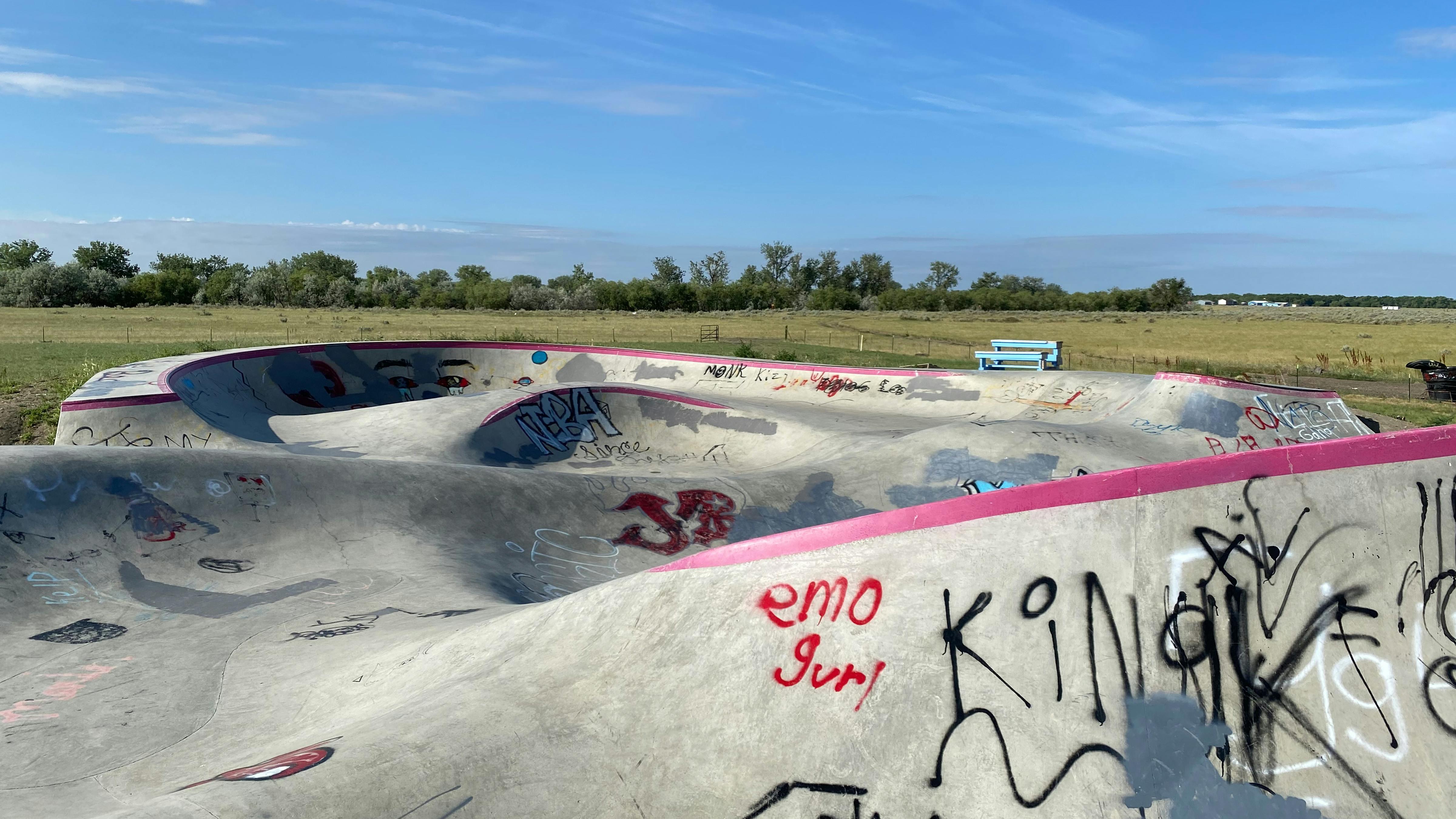
Skate park in Wolf Point, MT
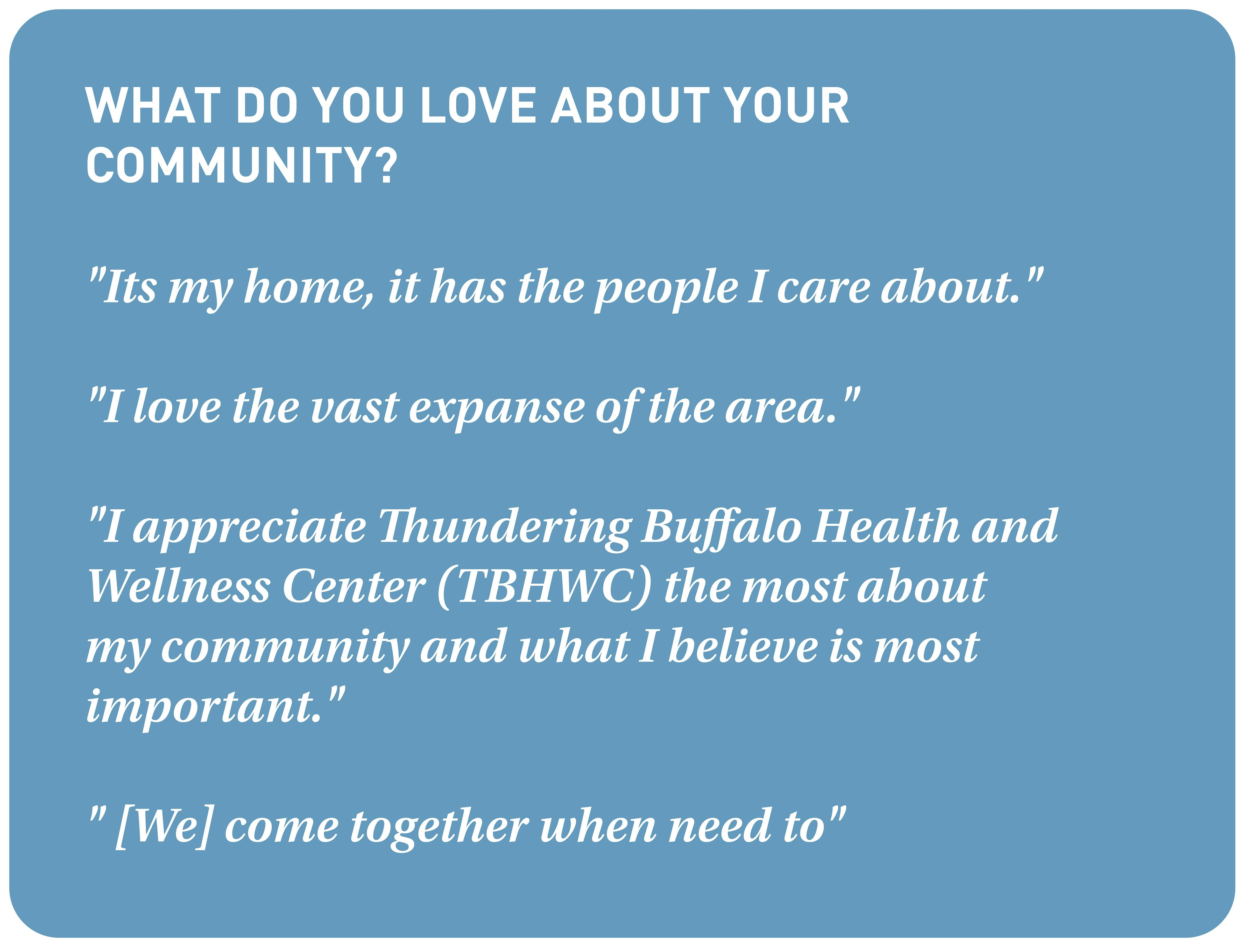
Response from the Natural Hazard Public Opinion Survey.
In this update of the 2012 HMP the Fort Peck Tribes spent a year re-examining the hazards in their community, the assets that they want to protect, and developing plans and strategies to mitigate the impact of hazards to the community. A Natural Hazard Mitigation Public Opinion Survey was distributed throughout the community and two public workshops were held in order to gather information on which hazards are of the greatest concern, update the list of community assets, and gather feedback from citizens about mitigation strategies and the design proposals. The updated HMP responds to importance of the culturally significant connections to the land, resources and regional geography as part of the hazard evaluation, assessment and strategies produced for the plan update.
The most important is protecting our land base, water supply and our property/homes.
Response from the Natural Hazard Public Opinion Survey.

Roll Off Station Site - Before.

Roll Off Station Site - After as proposed Nature Park.
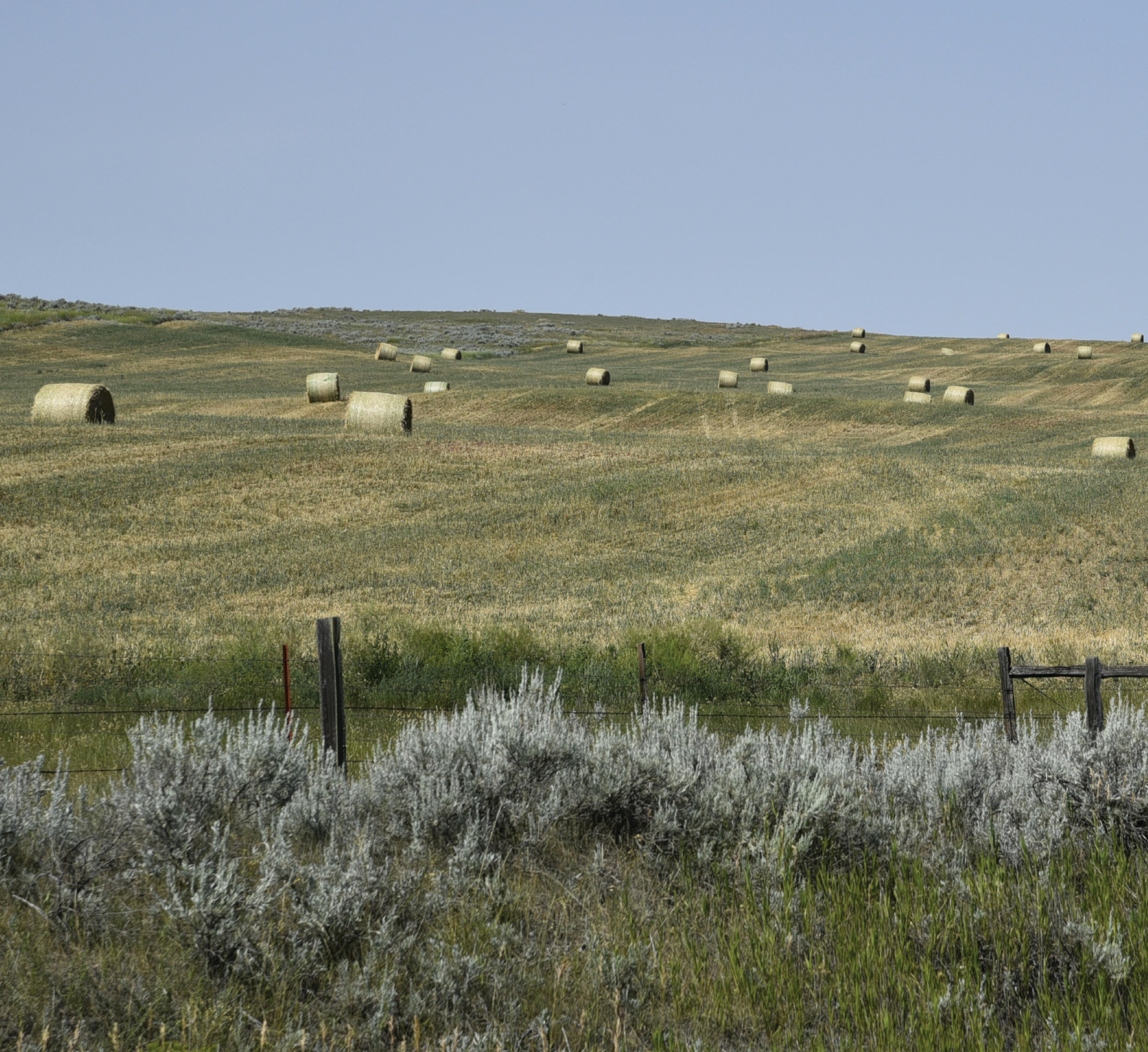
Several climate resilience projects were selected by and developed in collaboration with the community, department leads and staff, and the Tribal Executive Board. These projects showcase natural hazard mitigation measures prioritized by the community, including reducing impacts from flooding and drought, reducing risk of wildfires, and enhancing early warning capabilities. These projects aim to mitigate hazard impacts, provide shelter and support for the Fort Peck Tribes during a disaster, and provide a place for residents to recover and access aid and information after a severe hazard. They are also designed to have a positive economic, environmental, and cultural impact year-round. This report highlights three priority projects that were developed in detail, based on feedback gathered through an intensive public engagement process.

